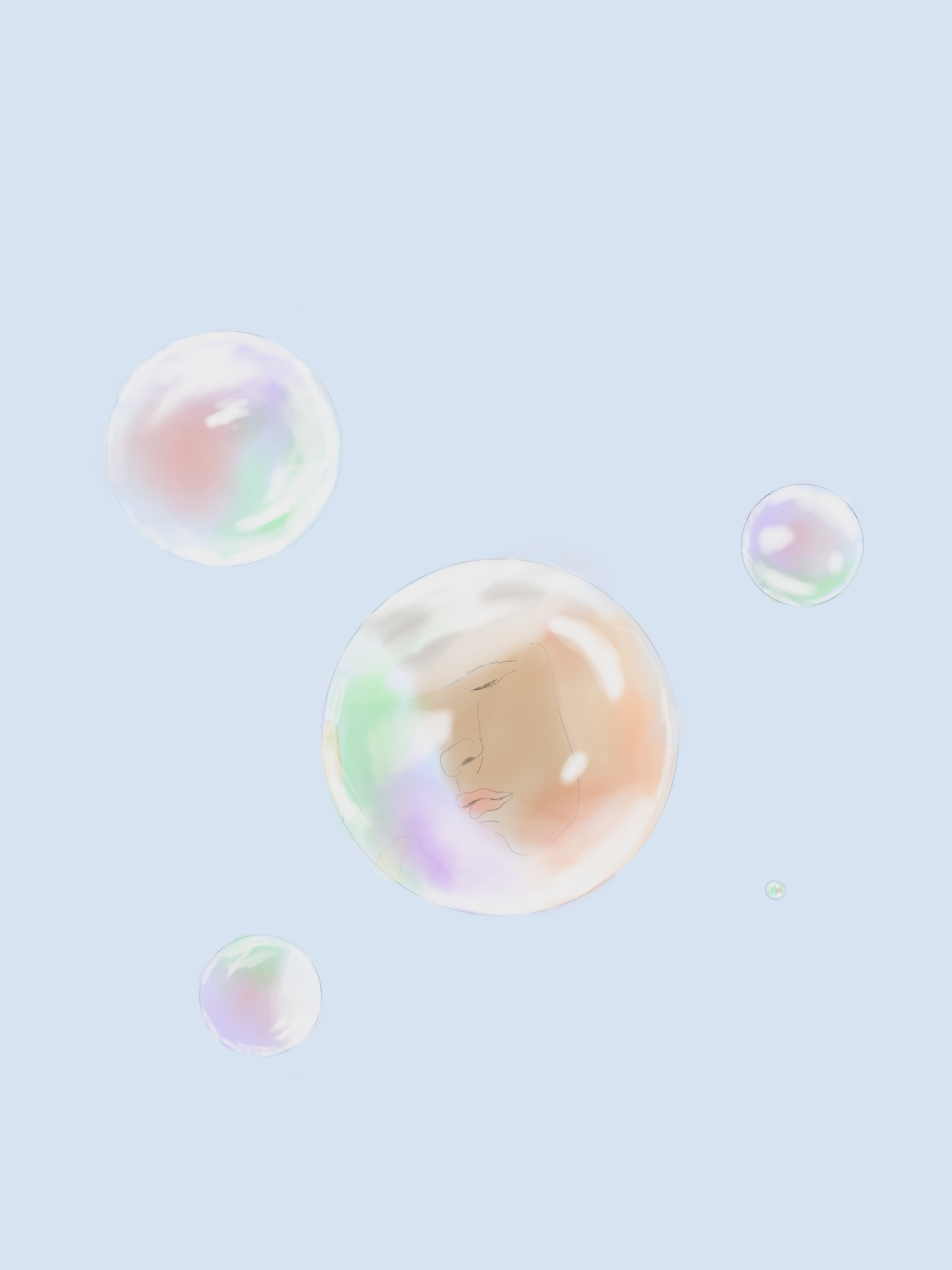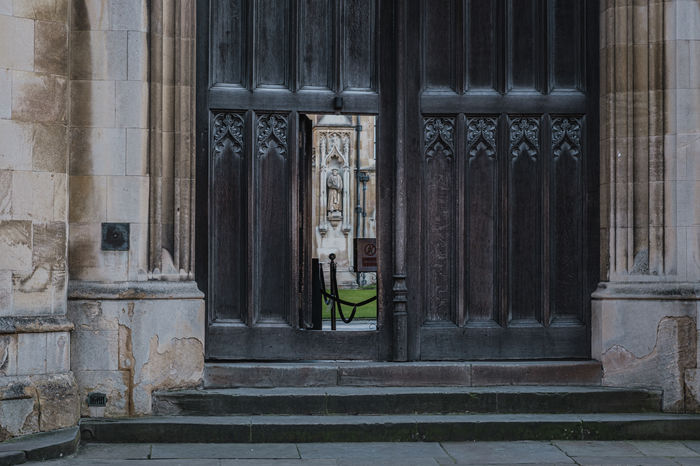Content Note: This article contains graphic description and discussion of anxiety, panic attacks, bullying, death and mental illness
Throughout the course of my Senior Freshman year, I was bullied into agoraphobia by another student. Only in recent weeks have I acknowledged that what he inflicted upon me was abuse, and it took months for me to realise that I had developed anxiety as a result of this abuse. This lag can be attributed to the fact that I never broke down unexpectedly in fits of hyperventilation, nor did I grow afraid of crowds, nor did I stare for prolonged periods out of café windows. That my experience of panic attacks, agoraphobia, and dissociation was not the same as those portrayed in books, films, or education, led me to believe that I was lapsing simply, slowly, out of sanity.
My first panic attack did not resemble any portrayal of a panic attack that I had seen before. It set its gears in motion one week in advance when, upon looking up from my pillow, I found a hulking shape sitting in the half-darkness of my bedroom. The shape was enormous. It was rectangular, definite, but it was not nameable. I could not place it. At its side was an angular figure, one sitting idle before my desk. This figure emanated an air of subtle threat, a vague aura of wrongness. Scarcely had I realised that I was looking at a wardrobe and a chair by the time I noticed a pair of arms floating before me. Though they must have been my own, they were not recognisable as such. They were unrelatable, detached from the concept of ‘Niall’s arms’.
“It exuded waves of a raw sensation, of pure, ripe ‘wrongness’, of concentrated threat”
That is when I felt it. Something coming on. Something rushing at me from the driveway. Something which made me leap up and lock the bedroom door and curl up in bed, shielding myself from the light of my desk lamp which had now, too, become departed from its identity. It exuded waves of a raw sensation, of pure, ripe ‘wrongness’, of concentrated ‘threat’. Though I did not have a label for it at the time, this gradual detachment from reality is what can be called dissociation.
Dissociation, for me, instinctually signals the approach of a panic attack. As such, I was not taken by surprise by my first attack. It made itself known in an almost timid manner, hovering there at my shoulder as I went about my day like usual. It was only when I arrived home and lay down on the cool tiles of the bathroom floor that it came, that it relegated me to a tiny corner of my brain, that it made my body breathe quick, breathe quicker as I thought over and over –
I will die I will die I don’t know how but I will die. I will die. I don’t know how but somehow I will die. I – I – I – I – I – I am going to be killed I will die I will die I will die. Something will kill me I will die I don’t know what I will die.
While this experience may read to those who have never suffered from a mental illness as utter insanity or craziness, it can be rationalised. Anxiety is a hangover from a period wherein humans were required to stay threatened to stay alive. Wild animals may have killed and eaten us, for example, if we let our guards down. Modern anxious brains have carried this trait forward. They reside in what a cognitive behavioural therapist might label ‘threat mode’ more often than others. Such a therapist might say that if the ordinary genetic bucket is half full with anxiety, the anxious person’s genetic bucket is three-quarters of the way full. It is, therefore, liable to spill over into a panic attack.
In the media, physical touch is often portrayed as one of the primary means through which to alleviate a given person’s panic attack. While this may be the case for many, it is not for all. As I developed anxiety in response to rumours spread by an emotionally manipulative person whom I trusted, it follows that what I seek during a panic attack is, for the most part, verbal affirmations. I can be heard gasping over and over again questions such as – Are you going to hurt me? Will you hurt me? My experience of agoraphobia led me to be slowly ostracised, talked to less, excluded as I wondered desperately about what I had done to deserve alienation.
As a result, I descended into nervous breakdown. I grew absolutely convinced that unless an individual was physically present before my eyes, they were talking about how much they hated me. Every time I entered a room, I fully believed that the people within had only just ceased discussing their hatred for me, and when I left, I was truly sure that this discussion resumed again. This made the outside world seem an untrustworthy place.
My lack of trust for individuals bloomed into social anxiety. If I could not be sure of what people truly thought of me, then how could I feel safe around them at a party, at a coffee shop, at a lecture? The fear slowly, subtly, spiralled to fear of everything. If I could never be sure what might happen in a grocery store, then how could I feel safe in it? How could I be sure I might not die there? The outside world was an inconstant place. It was a changing place. It was incalculable, titanic, teeming with multifarious multiplying duplicitous unfathomable contingencies that no one person could ever account for in full.
“To venture into that outside world was to subject myself to its unpredictable irrationality”
This terrified me. This carried with it the guarantee that a trigger for my anxiety was lying always in wait. To venture into that outside world was to subject myself to its unpredictable irrationality. Even when I wrote lists of all the things that could feasibly kill me in a grocery store or a lecture and found the list to be empty, my anxious brain filled in the blanks and convinced me that I would somehow die.
To stay inside was the only answer. In my bedroom, there were no threats. It was a small, known place, the only exact quantity I knew. Here was the mirror; there was the chest of four drawers and the desk that never moved. If it had moved, I had moved it. Here was the realm over which I, and I alone, was conqueror, whose rules and laws were dictated by no other. Here was a rational place. In it, no surprises. In it, no anxiety. Nothing could kill me here.
This was agoraphobia. This was the minimisation of my life in response to the supposed enormity and unpredictability and anxiety-stoking nature of everyone and everything beyond my four walls. This was a simple formula that had little to do with a fear of crowds – no external stimulation equals no anxiety equals no panic attacks. This was, and is, a tragedy, and months of a young life should not have eroded that way. I sometimes wonder how many people sit atrophying from anxiety or agoraphobia they have been abused or bullied into. I am oftentimes forced to leave social occasions early due to my anxiety, or to drink too much during them, or to sit in my room for hours wondering why this thing won’t let me just get up and go out the door and enjoy something – anything.
Anxiety is well-known, though it is not well understood. Even I do not understand your experience, which must be so, so different from mine. I can only hope that soon, this will change.
If you are affected by any of the issues raised in this article, the following organisations provide support and resources:
- Cambridge Nightline: a confidential night-time listening service.
- Students’ Unions’ Advice Service: the Students’ Unions’ confidential, independent and impartial advice service.
- Samaritans: a charity providing a 24 hour helpline for emotional support (helpline: 116 123)
- NHS suicide helplines: A list of telephone numbers, SMS numbers, and guidance if you are having suicidal thoughts


